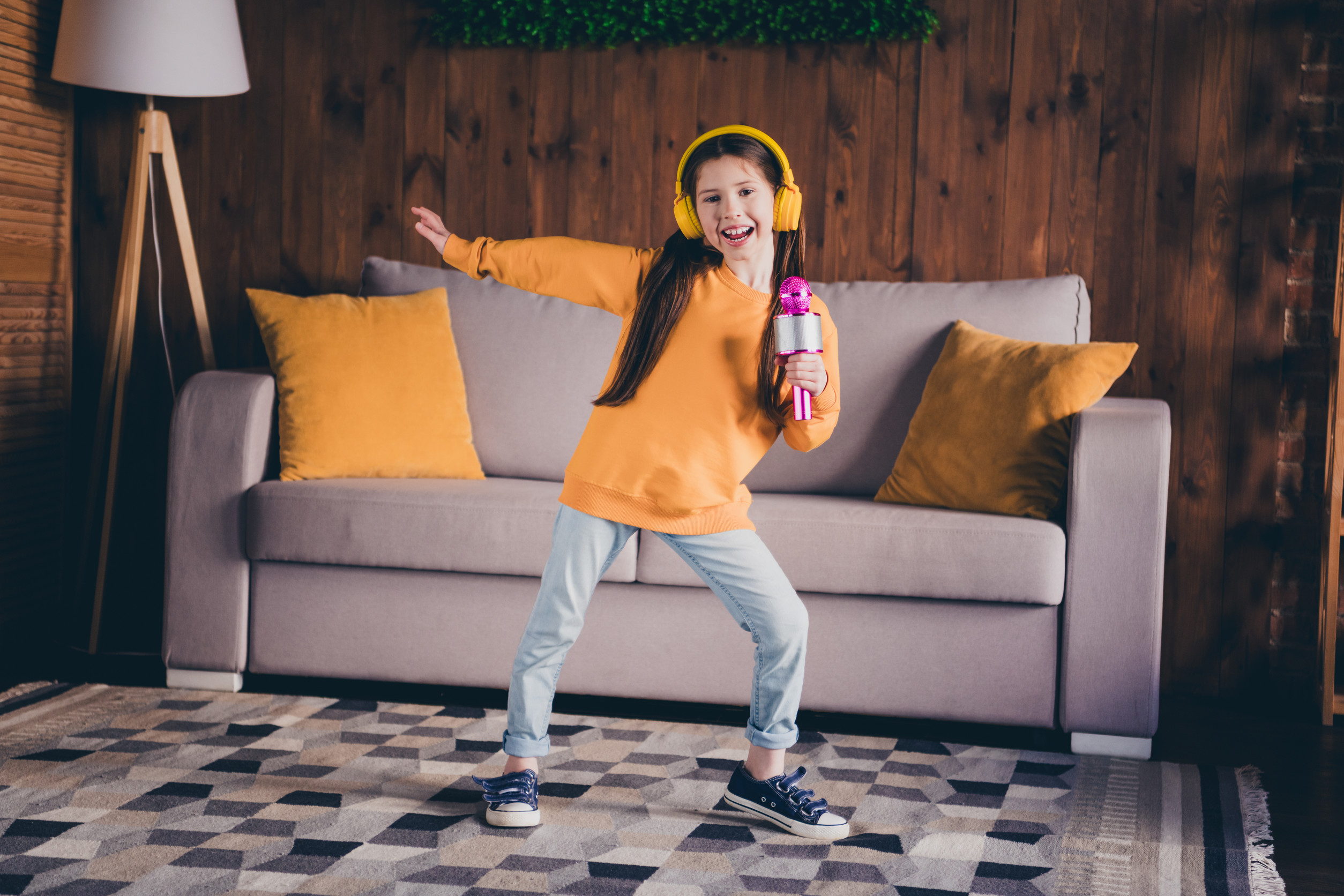Leaving your child home for the first time can bring a mix of freedom and fear. Whether it’s just for 30 minutes after school or a few hours while you run errands, knowing your child is safe at home is non-negotiable. But what might seem like a short window of time can come with big risks if you haven’t prepared thoroughly. There’s more to think about than just locking the doors—kids home alone need to be empowered with knowledge, routine, and confidence. Here are six essential safety tips every parent should cover before trusting their child to stay home solo.
1. Establish a Clear Check-In Routine
Before your child is officially left on their own, make a plan for regular check-ins. Have them text or call you as soon as they get home, and again at a specific time later. This provides peace of mind and gives your child a sense of structure during your absence. For kids home alone, knowing someone expects to hear from them can offer emotional comfort and accountability. You can also enlist a neighbor or family member to check in if you’re unreachable.
2. Set Firm Rules About Who Can Enter the Home
One of the biggest safety risks for kids home alone is unexpected visitors. Make it clear that they should never open the door for anyone—not friends, neighbors, or delivery people—no matter how friendly they seem. Teach your child how to use peepholes, doorbell cameras, or intercoms without revealing they’re home alone. If someone does come to the door, they should not engage but instead call you or another trusted adult. Practice scenarios so they feel confident knowing what to do in the moment.
3. Review Kitchen and Appliance Safety
It might seem harmless to let your child microwave a snack, but kitchen mishaps are one of the most common accidents when kids are home alone. Go over what appliances they’re allowed to use and which ones they should avoid entirely. For younger children, it might be best to stick with no-cook options like fruit, crackers, or sandwiches. Keep flammable materials away from stoves and teach how to handle small emergencies like smoke or spills. If you’re okay with microwave use, post step-by-step instructions nearby.
4. Go Over Emergency Procedures
Emergency numbers aren’t just for decoration—they’re essential tools. Make sure your child knows how to call 911 and what to say in an emergency, including your home address and phone number. Post a printed list of contacts in a visible location and include neighbors or relatives who live nearby. Walk through scenarios such as fire, break-ins, or sudden illness so they know what steps to take. Kids home alone should never be left guessing in a crisis.
5. Create a No-Internet Rule or Screen Guidelines
While it might seem easier to let your child veg out in front of a screen until you return, unsupervised internet access can open the door to online predators, risky content, or unsafe behavior. Discuss specific boundaries around devices and apps when kids are home alone. Use parental controls or set up a child-friendly streaming playlist if screen time is allowed. Better yet, prepare offline activities like puzzles, crafts, or books to keep them engaged. Encourage breaks from screens so they stay alert and present.
6. Walk Through “What If” Situations Together
Your child may know the rules but applying them under pressure is a different story. Help prepare them for the unexpected by role-playing “what if” scenarios together. Ask questions like, “What would you do if the power went out?” or “What if someone calls and asks for a parent?” Encourage them to think through answers without fear of being wrong. For kids home alone, confidence comes from preparation and practice. These exercises also give you insight into what areas may need more support or clarification.
Confidence Is the Best Safety Tool
Kids home alone don’t just need a list of rules—they need to believe they can handle themselves. When you prepare your child with clear expectations, practical knowledge, and plenty of practice, you’re giving them more than just independence. You’re showing them that you trust their judgment and believe in their ability to navigate the world responsibly. And when they know you believe in them, they’re far more likely to make safe, smart decisions when it counts.
What safety tip has worked best for your kids home alone? Share your advice or experiences in the comments—we’d love to hear your insight!
Read More:
6 Urgent Safety Checks for Baby Gear
10 Places Your Kids Shouldn’t Be Left Alone (Even If They Beg You To)
The post Home Alone Concerns: 6 Urgent Safety Tips For Kids Home Alone appeared first on Kids Ain't Cheap.








